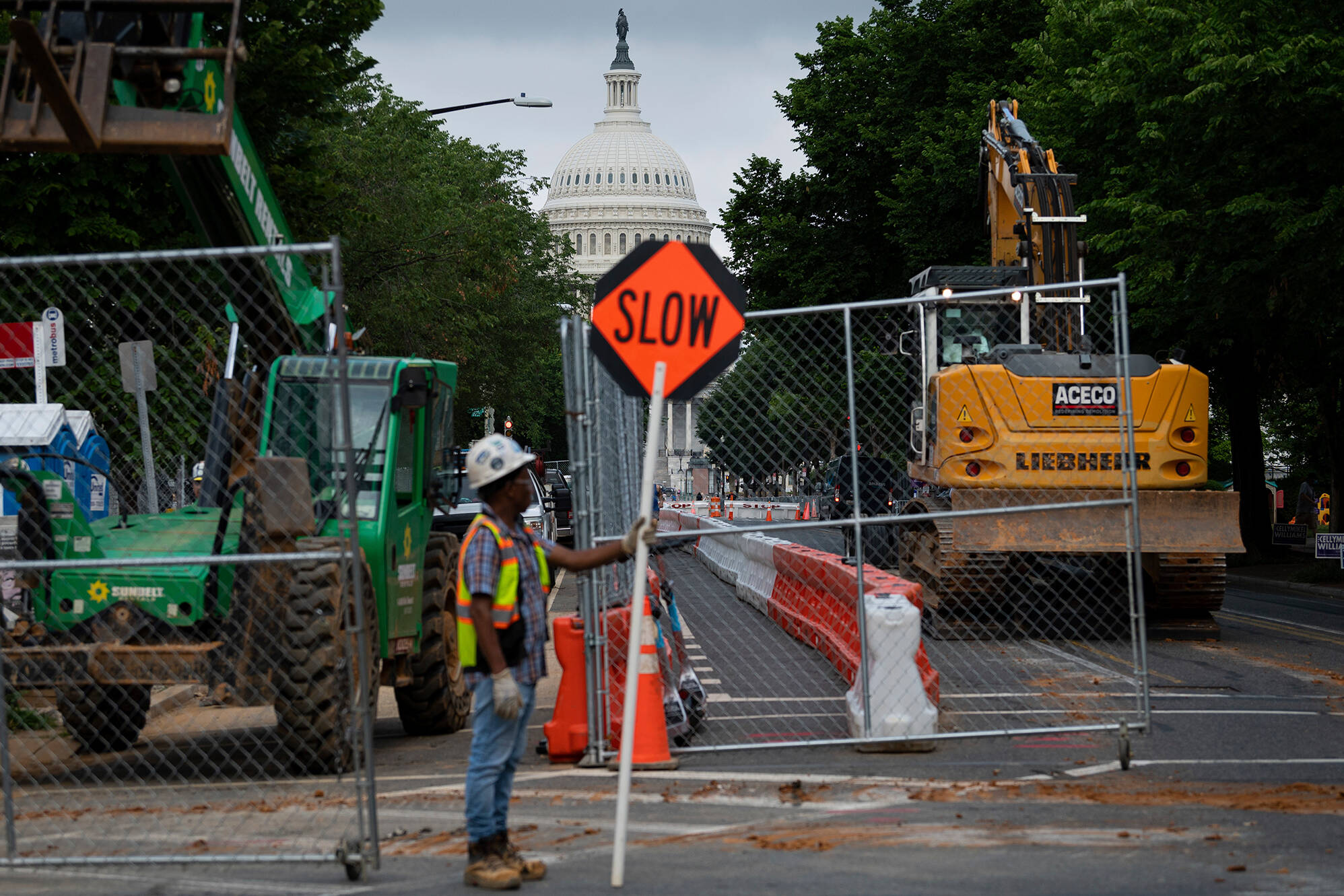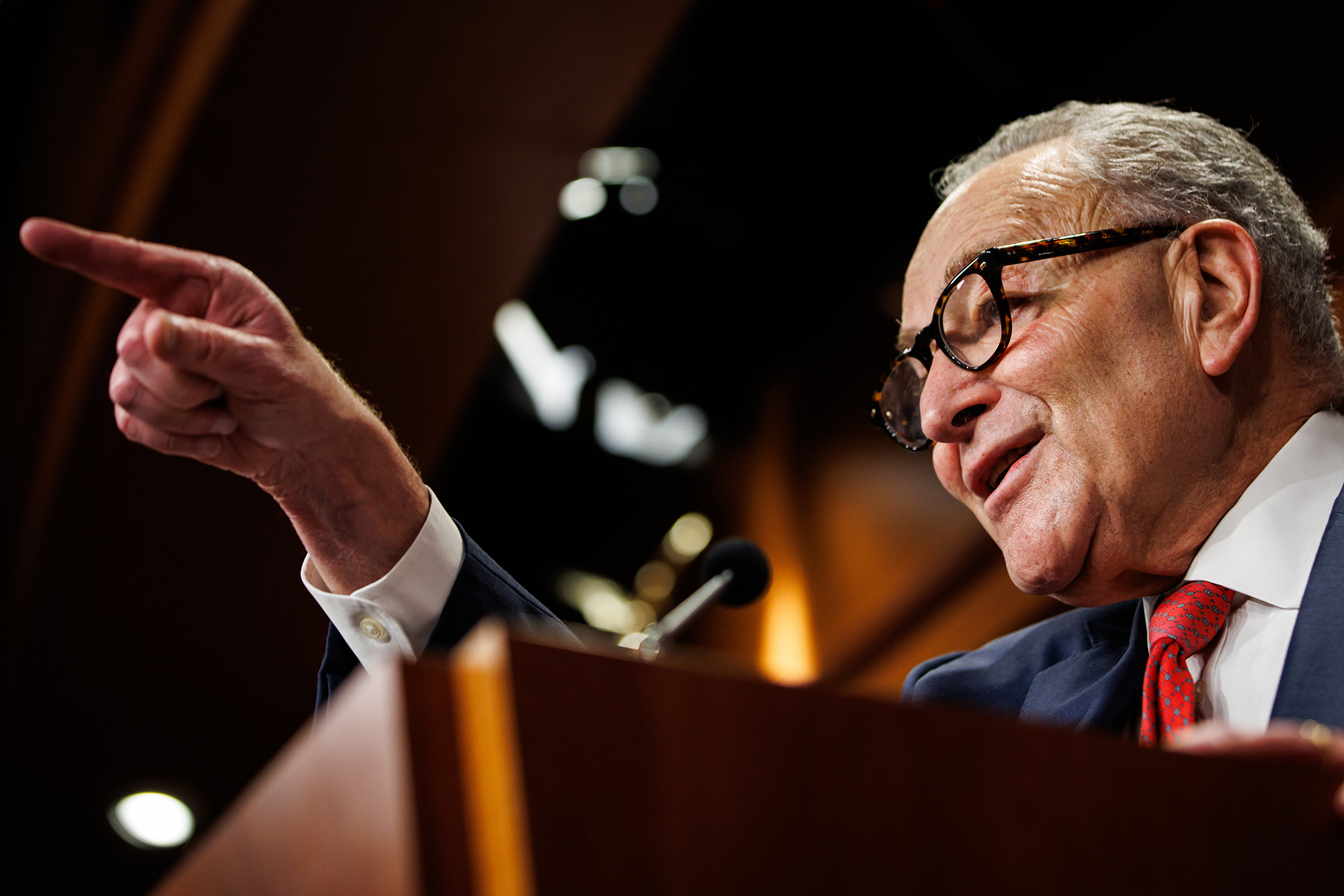Unfortunately, yes, and Americans know it.
America’s independent judiciary has become increasingly partisan.
That is the troubling conclusion of several research studies showing that judges are making decisions that align more closely with their political affiliations rather than with neutral legal principles. It is one reason why Americans are losing faith in the judicial system.
In October 2024, authors Alma Cohen and Rajeev Dehejia published a working paper for the National Bureau of Economic Research titled “Judges Judging Judges: Partisanship and Politics in the Federal Circuit Court of Appeals.
After analyzing over 400,000 cases from 1985 to 2020, Cohen and Dehejia found that federal judges’ political alignment or misalignment with trial judges increasingly affected their decisions, particularly in the last two decades writing:
“This trend is significant in precedential cases: panels of Democratic judges are 6.9 percentage points more likely to reverse Republican trial judges compared to Democratic ones, whereas Republican panels are 3.6 percentage points less likely to reverse fellow Republican judges.”
Another study, this time by the American Constitution Society, looked at state judges. Authors Joanna Shepherd and Michael S. Kang in conjunction with a team of independent researchers from Emory University School of Law finds that judicial partisanship in election cases increases, and elected judges become more likely to favor their own party, as party campaign-finance contributions increase. This influence of campaign money largely disappears for lame-duck judges without re-election to worry about.
Shepherd and Kang wrote: “Today’s state court elections are more intensely politicized than ever, and rising campaign spending increases pressures on elected judges to promote their parties’ interests in state court.”
One area that that politics has been playing an outsized role is with federal judge appointments, with confirmation votes now largely split along party lines. This represents a significant shift from historical norms when judicial nominees often received broad bipartisan support.
For much of American history, judicial nominations were typically confirmed with minimal controversy and often by voice votes. Now there is a much different story.
In March 2017, the Senate confirmed Neil Gorsuch to the Supreme Court by a 54-45 vote. In contrast, the Senate confirmed the late Antonin Scalia, who Gorsuch replaced, by a 98-0 vote in 1986.
Senators are increasingly voting based on party loyalty rather than considering the preferences of their broader state constituencies. The CATO Institute writes that modern Supreme Count confirmations are influenced more heavily by our current political climate and citing that research shows that senators weigh their partisan base far more heavily when casting such roll call votes.
The elimination of the filibuster for judicial nominees, also known as the “nuclear option” has further contributed to partisan voting patterns, as nominations now require only a simple majority rather than 60 votes.
In 2013, then-Majority Leader Harry Reid invoked the nuclear option to lower the 60-vote threshold to 51 for approval of Executive Branch appointees (such as Cabinet secretaries) and federal judges below the Supreme Court (such as for U.S. Courts of Appeal). In 2017, then-Majority Leader Mitch McConnell, invoked the nuclear option again, this time to lower the threshold for Supreme Court nominations to a simple majority.
The nuclear option has made it easier for the majority party to confirm nominees without bipartisan support, contributing to the increasingly polarized nature of the confirmation process.
Since courts serve as the final backstop for constitutional rights and democratic governance, when judges become viewed as partisan actors, their legitimacy to check executive and legislative power diminishes. This is exactly what we are seeing in polling.
Americans’ trust in the nation’s judicial system hit a record low with nearly two-thirds of Americans saying they do not have confidence in the courts. A global Gallup survey in 2024 showed that trust in the judicial system dropped to just 35%.
Gallup reports that the decline in confidence in the U.S. judicial system ranks below other rich nations; it also highlighted the U.S. as having the steepest declines Gallup has measured globally on this metric.
Per Gallup: “Few countries and territories have seen larger percentage-point drops in confidence in the judiciary (over a similar four-year span) than the U.S. These include Myanmar (from 2018 to 2022) overlapping the return to military rule in 2021, Venezuela (2012-2016) amid deep economic and political turmoil, and Syria (2009-2013) in the runup to and early years of civil war, and others that have experienced their own kinds of disorder in the past two decades.”
Confidence in the rule of law and neutrality of the courts are foundational to our republic. The public’s perception and tanking trust reflects the reality found in the courts—the judiciary has become too partisan.
Related
Lynn Schmidt
Lynn Schmidt holds a bachelor of science in nursing from the University of North Carolina at Greensboro and a masters of science majoring in political science from the University of Nebraska-Omaha. She is a freelance columnist and editorial board member with the St. Louis Post-Dispatch and a monthly contributor to The Fulcrum. Lynn lives in St. Charles, Missouri with her husband and two daughters.




